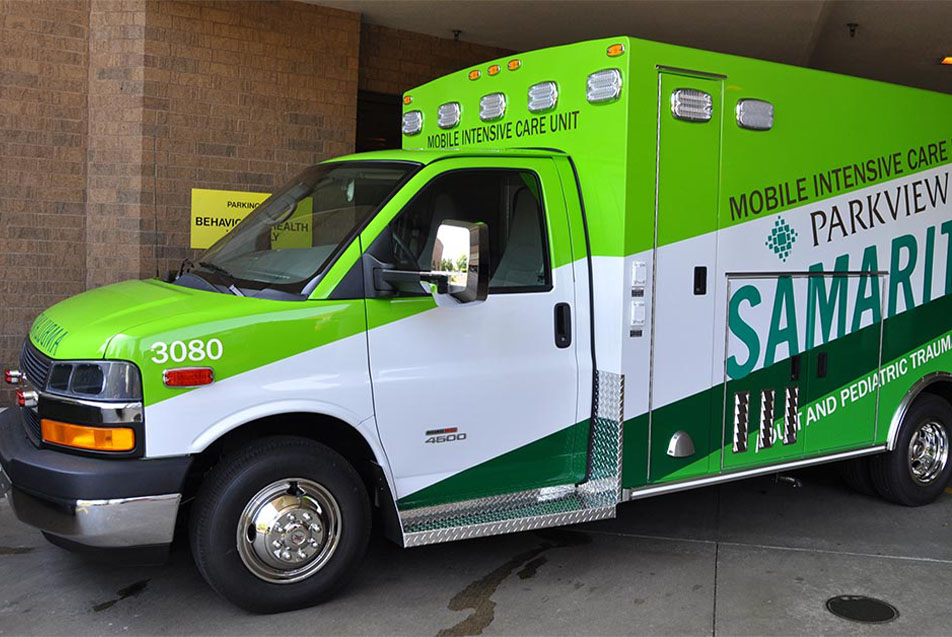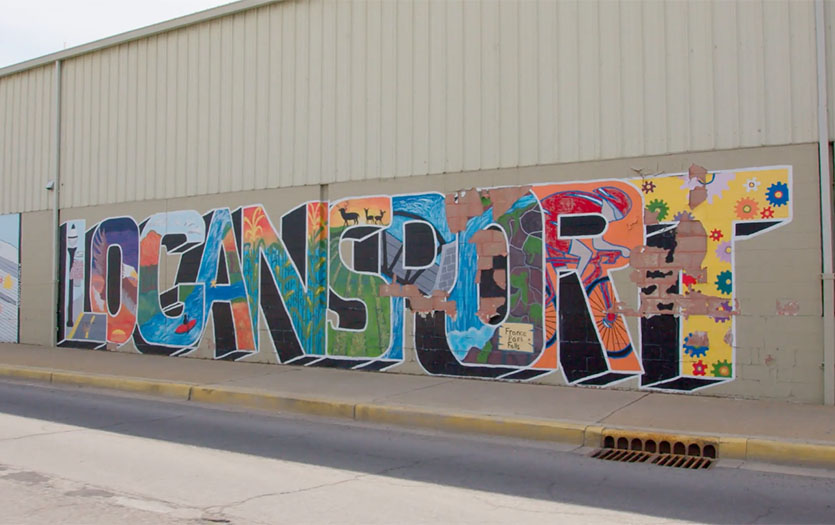
There’s a good chance you’ve seen the eye-catching color scheme of the Samaritan MICU on roads in our area, but did you know that this vehicle is one of the only mobile intensive care units in the region? Stacey Pulver, RN, flight nurse, MICU, and Nate Beeson, paramedic, MICU, invite us to climb aboard for an exclusive tour of the impressive emergency response and transport vehicle, as well as a quick Q&A.
What is the MICU?
The MICU (mobile intensive care unit) is truly an ICU on wheels. It is staffed in 12-hour shifts by a MICU nurse, a MICU paramedic and a driver. Since we have a paramedic and nurse, the MICU crew represents a multidisciplinary approach to healthcare, allowing us to provide advanced care from the moment we arrive, with the same technology and medication you’d find on the Samaritan aircraft.

What does the MICU do?
The MICU’s main responsibilities include transporting critically ill or injured patients to a higher level of care. We often transport patients from smaller, rural hospitals or Parkview Hospital Randallia to Parkview Regional Medical Center for advanced care. Or we will transport from PRMC to other hospitals for advanced specialty care. We can accommodate most patients, though a neonatal team does take over for those special cases. Some of the regular instances where MICU would be called include transport to the catheterization lab, strokes, heart attacks, trauma pick-ups if the Samaritan helicopter can’t fly (due to weather) and high-risk pregnancies.
What type of treatment can the MICU team offer?
We have the capability to do advanced airways, ventilators, IVs, chest tubes, pericardiocentesis, IO (IV into bone), deliver warm fluids and deliver blood products. We can monitor invasive lines such as CVPs, PA, EKG and external pacing. We carry the same medications that the flight team carries and use hospital pumps for IV fluids.

How is MICU different from the helicopter?
The main differences are speed (the helicopter is much faster) and the types of calls to which we respond. While the aircraft is typically responsible for emergency scenes, the MICU is generally used to transport critical patients. We’ve travelled as far as Cleveland, Chicago, Michigan and Kentucky, to name a few. Both the MICU and flight staff receives the same training and are capable of staffing either vehicle, but on the MICU, we tend to spend more time with the patient so we can do more on the way to the hospital.
If you enjoyed this post, you might also like 18 hours with the crew of Samaritan.



